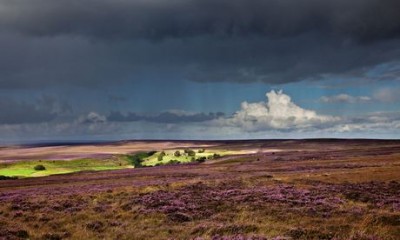‘The Leisure Commons: A
Spatial History of Web 2.0’, by Payal Arora, has just been published by the Routledge
Science, Technology & Society Series
About the book: There is much excitement about Web 2.0 as an
unprecedented, novel, community-building space for experiencing,
producing, and consuming leisure, particularly through social network
sites. What is needed is a perspective that is invested in neither a
utopian or dystopian posture but sees historical continuity to this
cyberleisure geography. This book investigates the digital public sphere
by drawing parallels to another leisure space that shares its rhetoric
of being open, democratic, and free for all: the urban park. It makes
the case that the history and politics of public parks as an urban
commons provides fresh insight into contemporary debates on
corporatization, democratization and privatization of the digital
commons. This book takes the reader on a metaphorical journey through
multiple forms of public parks such as Protest Parks, Walled Gardens,
Corporate Parks, Fantasy Parks, and Global Parks, addressing issues such
as virtual activism, online privacy/surveillance, digital labor,
branding, and globalization of digital networks. Ranging from the 19th
century British factory garden to Tokyo Disneyland, this book offers
numerous spatial metaphors to bring to life aspects of new media spaces.
Readers looking for an interdisciplinary, historical and spatial
approach to staid Web 2.0 discourses will undoubtedly benefit from this
text.

 New book out by William Atkins: The Moor: Lives Landscape Literature (Faber & Faber, 2014)
New book out by William Atkins: The Moor: Lives Landscape Literature (Faber & Faber, 2014) On 22 May I presented a paper at a symposium held at LJMU, organised by Yannis Tzioumakis (University of Liverpool) and Lydia Papadimitriou (LJMU) –
On 22 May I presented a paper at a symposium held at LJMU, organised by Yannis Tzioumakis (University of Liverpool) and Lydia Papadimitriou (LJMU) – 